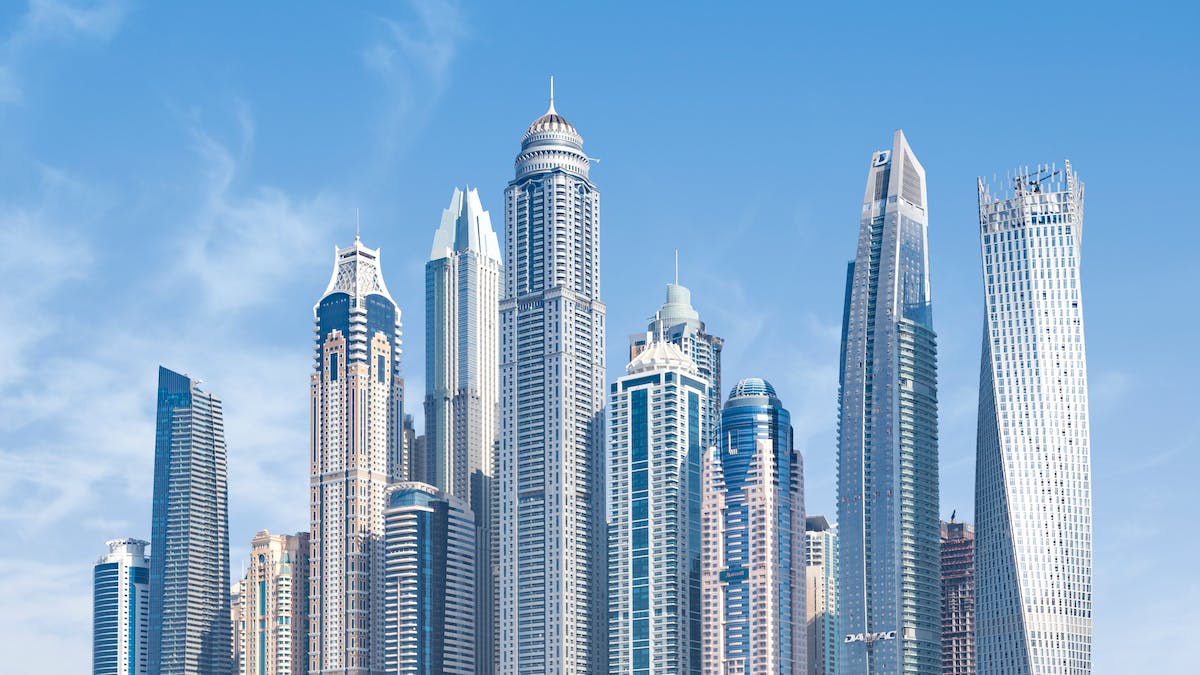The renewable energy sector is booming, fueled by cutting-edge innovations, declining costs, and global pledges to curb carbon emissions. In 2024, global investments in clean energy surpassed $2 trillion, with renewables now powering 30% of the world’s electricity. Beyond environmental benefits, nations are embracing renewables to bolster energy independence, reduce reliance on fossil fuels, and drive economic resilience.
Explore five groundbreaking renewable energy initiatives worldwide, each showcasing advanced technology, bold ambition, and a commitment to a greener future.
Interactive Map Notice: Use pan and zoom for navigation; hold Ctrl, click, and drag to adjust perspective. Terrain settings may alter visuals—toggle terrain or overhead views as needed.
Noor Ouarzazate Solar Complex
Location: Sahara Desert, Morocco
Capacity: 580 MW
Nestled in Morocco’s vast Sahara Desert, the Noor Ouarzazate Solar Complex is a global leader in solar innovation, covering 7,400 acres. This facility harnesses concentrated solar power (CSP), using mirrors to focus sunlight onto a receiver, generating steam to drive turbines. Unlike standard photovoltaic panels, CSP stores thermal energy in molten salt, enabling power generation after dark for enhanced grid reliability.
Financing such projects in emerging markets is challenging due to perceived investment risks. “Accessing private capital is tough for countries like Morocco, often deemed high-risk,” notes Lisa Sachs, director of Columbia’s MS in Climate Finance program. The Noor project succeeded through funding from institutions like the African Development Bank and World Bank, underscoring the role of development finance in clean energy transitions. However, Sachs emphasizes that sustainable growth requires dismantling barriers to private investment to ensure equitable access to capital.
Powering over 1.1 million homes and cutting 690,000 tons of CO2 annually, Noor is a model for sustainable development in Africa and beyond.
Watch: BBC’s Inside the World’s Largest Solar ‘Mirror’ Plant
Three Gorges Dam
Location: Yangtze River, Hubei, China
Capacity: 22.5 GW
China’s Three Gorges Dam, the world’s largest hydropower plant, spans 2.3 kilometers across the Yangtze River. Its 32 turbines generate electricity for millions, slashing coal reliance and emissions. Beyond energy, the dam aids flood control, navigation, and water supply.
However, its construction displaced 1.3 million people, submerged cultural sites, and altered ecosystems, sparking debates about large-scale projects. “The environmental and social trade-offs of such megaprojects are immense,” says Sagatom Saha, an energy policy expert at Columbia. “Future renewable projects must balance decarbonization with community and ecological impacts.”
Despite controversies, the dam’s engineering marvel and energy output make it a cornerstone of China’s renewable strategy.
Watch: TED-Ed’s Building the World’s Largest Power Plant
Alta Wind Energy Center
Location: Mojave Desert, California, USA
Capacity: 1.55 GW
In California’s Tehachapi Mountains, the Alta Wind Energy Center is among the largest onshore wind farms globally. Its 600 turbines power 450,000 homes, reducing CO2 emissions equivalent to removing 446,000 cars annually.
The 2016 Tehachapi Renewable Transmission Project connected Alta’s clean energy to urban centers, supporting up to 4.5 GW of power. Yet, scaling wind energy faces hurdles like local zoning restrictions and permitting delays. “Hundreds of U.S. communities impose setbacks that block wind projects,” says Matthew Eisenson of the Sabin Center. A recent federal pause on wind approvals, announced January 20, 2025, adds further challenges.
Alta supports California’s goal of 100% clean energy by 2045 while creating jobs and economic growth.
Watch: Largest Wind Farms in the U.S.
Yamakura Floating Solar Plant
Location: Chiba Prefecture, Japan
Capacity: 13.7 MW
Japan’s Yamakura Dam Floating Solar Plant exemplifies innovation in space-constrained regions. Covering 18 hectares of a reservoir with 50,000 solar panels, it powers 5,000 homes. Floating solar boosts panel efficiency through water cooling, reduces evaporation, and avoids land-use conflicts.
“Cheap solar panels are transforming how we use space—from fences to floating arrays,” says Gernot Wagner, a climate economist. The World Bank estimates that 10% of suitable water bodies globally could generate 400 GW of floating solar power. Yamakura highlights how creative solutions can address land scarcity while advancing clean energy.
Watch: Kyocera’s Floating Solar at Yamakura Dam
Hellisheiði Geothermal Plant
Location: Hengill, Iceland
Capacity: 303 MW (plus heating)
Iceland’s Hellisheiði Power Station leverages volcanic geology to produce electricity and heat near Reykjavík. Its CarbFix project captures CO2 from emissions, injecting it into basalt rocks to form stable carbonate minerals—a promising carbon storage solution. Nearby, the Orca plant pioneers direct air capture.
“Carbon capture is critical to limiting warming to 1.5°C,” says geologist Joshua Murray. “CarbFix’s success at Hellisheiði, capturing 12,000 tons of CO2 yearly, shows the potential of mineral-based storage.” Scaling this globally could sequester vast amounts of CO2, though it demands research and policy support.
Iceland’s near-100% renewable energy system makes Hellisheiði a blueprint for sustainable integration.
Watch: BBC’s Hidden Carbon Capture Plant
The Renewable Energy Horizon
The International Energy Agency projects a near-tripling of global renewable capacity by 2030, driven by innovations in solar, wind, and storage technologies. Governments and businesses increasingly view renewables as vital for climate action, economic growth, and energy security. As ECOBUSINESSNEWS reports, these projects illuminate a path to a sustainable, equitable energy future.
Tags: renewable energy, solar power, wind energy, hydropower, geothermal, carbon capture, sustainability, climate finance, clean energy transition
Related:
















